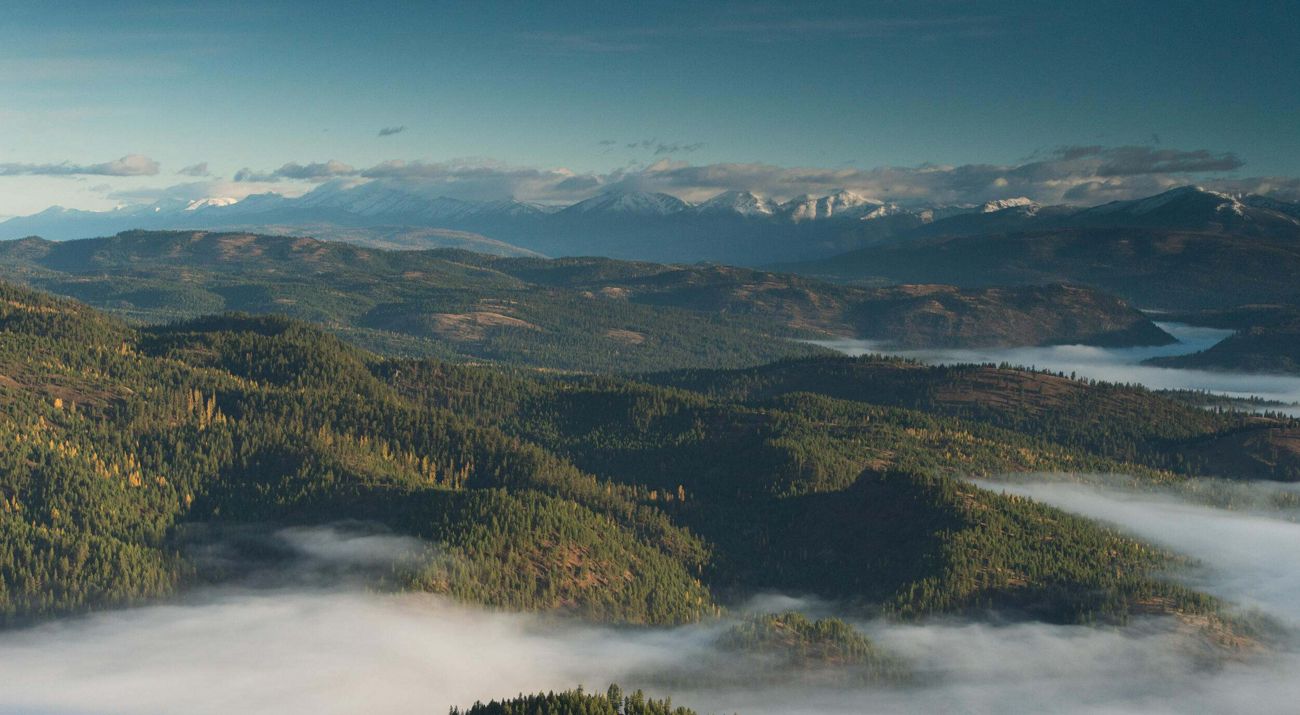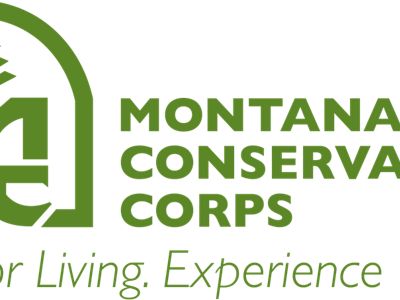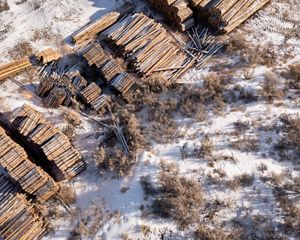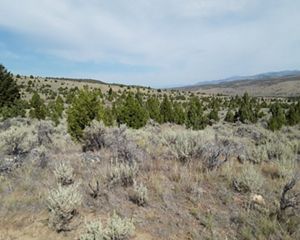Montana Conservation Corps and The Nature Conservancy Launch the Wildland Restoration Academy in the Blackfoot Watershed
Montana

Media Contacts
-
Jono McKinney
President/CEO
Montana Conservation Corps
Email: jono@mtcorps.org -
Paige Cohn
Media Relations Manager
The Nature Conservancy
Email: paige.cohn@tnc.org
The Montana Conservation Corps (MCC) and The Nature Conservancy (TNC) are partnering together to launch a new AmeriCorps project, the Wildland Restoration Academy (WRA) in western Montana to help reduce wildfire risk, improve wildlife habitat, restore forest health, and develop skilled forestry workers.
Using grant funds from the United States Forest Service (USFS) Landscape Scale Restoration Program (LSR), MCC and TNC will train half a dozen AmeriCorps members who will be deployed on TNC-managed lands and partner-managed lands in the Blackfoot Watershed. This year, the MCC crew will work on projects from March until mid-October with the goal of promoting forest resilience, reducing the risk of uncharacteristically severe wildfires, supporting a wide range of wildlife habitats, and reestablishing fire as an ecological process to promote landscape resilience.
“Many of the forests in Montana and throughout the West are at increased risk for uncharacteristically high severity wildfire, especially in the ponderosa pine forests around our communities," says Mike Schaedel, TNC’s Western Montana Forest Restoration Director. “Historically, fire was a natural part of these forests, burning up small trees and brush, leaving the large trees alive and helping the forest regenerate. For millennia Indigenous people actively used fire to manage the forests. After more than a century of fire suppression, however, many of our forests have grown dangerously overcrowded. The challenge of restoring forest health and wildfire resiliency will take novel partnerships, like the Wildland Restoration Academy, that join our resources and invest in a new generation of local workforce who are knowledgeable and ready to find innovative solutions to the many challenges we face.”
“The primary goal of the project is to treat acres of forest in a way that will allow fire to move through the landscape, which doesn’t lead to catastrophic crown fire events. We are trying to create resiliency on the landscape,” says Bobby Grillo, MCC Conservation Corps Director. “The TNC land was former industrial timber land that they purchased 10 years ago, so there is a tremendous amount of work to be done to allow the forest to get back to optimum health. This work is mitigating the effects of decades-long timber harvest and trying to create vegetation types that are more resilient to catastrophic fire.”
MCC’s AmeriCorps WRA crews will implement a mix of forest restoration treatments, including forest thinning, prescribed burns, and invasive species removal. Other restoration work may include the creation of beaver dam analog structures (BDAs) in small streams, native seed collection and conifer removal from meadows and native aspen stands. The majority of the work will be located in or near the Wildland Urban Interface (WUI) or areas of high ecological significance like old-growth ponderosa pine stands, aspen stands, or wet meadows.
The Wildland Restoration Academy (WRA) will play a critical role in treating priority acres while also helping to develop the skilled forest restoration workforce. This job training experience would allow young people to be directed into the natural resource management workforce with a year of field experience and mentorship, enhancing their ability to be qualified for jobs with natural resource employers.
“Within many of our state and federal agencies and private sector employers, there are not enough skilled workers that are ready to replace an aging workforce. One goal of the Wildland Restoration Academy is to give young people exposure, experience, and training in the field of forestry so they can acquire those skills,” says Grillo. “This will set them up to be really good candidates to enter the workforce as trained and experienced sawyers for public and private sector employers.
The Landscape Scale Restoration Program grant funds support these two crews for one field season with the goal to treat 600 to 750 acres in total. The Wildland Restoration Academy allows MCC and TNC to scale-up the capacity of this job training and resource management effort to help address the scale of the challenges identified in the Montana Forest Action Plan, The Missoula County CWPP and the USFS 10-year Wildfire Crisis Strategy.

The Nature Conservancy is a global conservation organization dedicated to conserving the lands and waters on which all life depends. Guided by science, we create innovative, on-the-ground solutions to our world’s toughest challenges so that nature and people can thrive together. We are tackling climate change, conserving lands, waters and oceans at an unprecedented scale, providing food and water sustainably and helping make cities more resilient. The Nature Conservancy is working to make a lasting difference around the world in 83 countries and territories (39 by direct conservation impact and 44 through partners) through a collaborative approach that engages local communities, governments, the private sector, and other partners. To learn more, visit nature.org or follow @nature_press on X.

